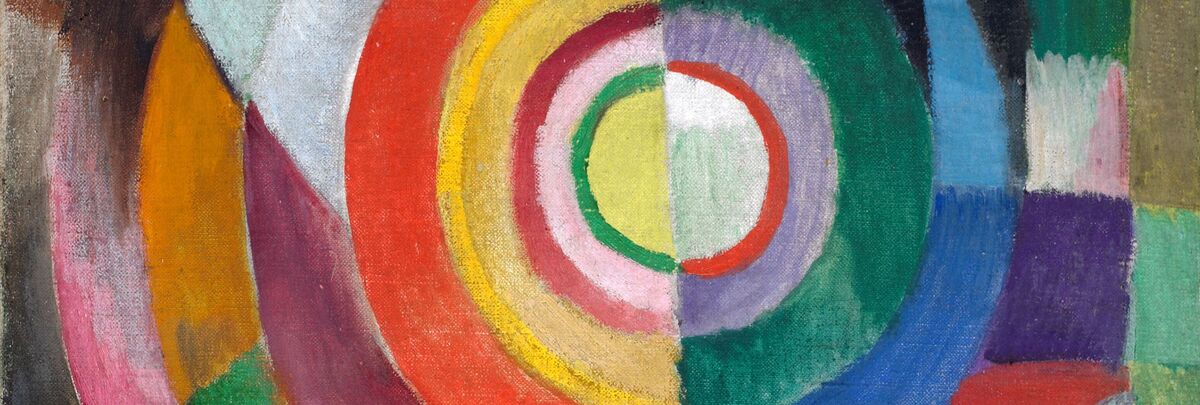
The Voice of Light - Delaunay, Apollinaire and Orphism
Wilhelm-Hack-Museum
2 December 2017 to 2 April 2018
Fine Art
The Voice of Light - Delaunay, Apollinaire and Orphism
Wilhelm-Hack-Museum
2 December 2017 to 2 April 2018
Despite its significance for the development of modern art in the 20th century, no comprehensive thematic exhibition has been devoted to Orphism until now. In The Voice of Light – Delaunay, Apollinaire and Orphism, the Wilhelm-Hack-Museum in Ludwigshafen presents the origins and influences of this nucleus of abstraction.
Featuring over 60 examples of classic modernism, the show sheds light on various facets of Orphic Cubism. Light, form and simultaneity are the themes of this comprehensive survey of early modernism’s non-representational tendencies comprising works by such major figures as Marc Chagall, Sonia and Robert Delaunay, Paul Klee, František Kupka, Fernand Léger, August Macke, Franz Marc and Francis Picabia. After exhibitions on Der Blaue Reiter, the De Stijl movement and Russian Constructivism, the Wilhelm-Hack-Museum now devotes itself to another central moment in the early history of European avant-garde art. The show presents loans from renowned public and private collections, for example the Albertina in Vienna, the Museo Thyssen-Bornemiza in Madrid, the Museum Ludwig in Cologne and Centre Pompidou in Paris.
Inspired by the works of Robert Delaunay, the poet and art critic Guillaume Apollinaire coined the term Orphism in a 1912 lecture on Cubism. He saw Orphism as a new tendency in modern art that he recognised in France as well as in Germany, Switzerland and Italy. This art revealed new totalities with elements that were not only borrowed from the visual reality but were created entirely by the painter. Apollinaire was thus one of the first to describe a wholly abstract art. Orphism was consequently not a homogeneous artistic style but encompasses works with Cubist, Futurist as well as Expressionist approaches. Apollinaire’s attempts to establish Orphism as a radical avant-garde movement ended with the outbreak of the First World War.
The poet chose the name of the name of Orpheus, the legendary figure from Greek mythology to describe these new artistic phenomena. According to the myth, he had the ability to transform the chaos of the world into a harmonious whole and even charm wild animals with his song. In the face of the processes of dynamisation and fragmentation that increasingly shaped modern life since the mid 19th century, the myth of Orpheus took on a new significance in art and literature. Orpheus came symbolise the ideal of an artist who was able to bundle and depict the energy and forces that gave the universe uniformity and cohesion despite all tendencies towards dissolution.
Light was assigned a central role in Orphic Cubism. The creative energy of light is the base of all colours and every line, which is why, as Apollinaire and Delaunay believed, painting is a light language. They expropriated the formulation The Voice of Light from ancient hermetic texts that were also often received by the Orphics. This is the derivation of the exhibition’s title.
The main sponsor is BASF SE, which has been support the realisation of exhibitions on classic modernism in the Wilhelm-Hack-Museum since 1990.
The Voice of Lights – Delaunay, Apollinaire and Orphism
2 December 2017 to 2 April 2018
Wilhelm-Hack-Museum, Berliner Straße 23, 67059 Ludwigshafen am Rhein
TU, MI, FR 11 a.m.-6 p.m. / TH 11 a.m.-8 p.m. / SA, SU & holidays 10 a.m.-6 p.m. / MO closed

